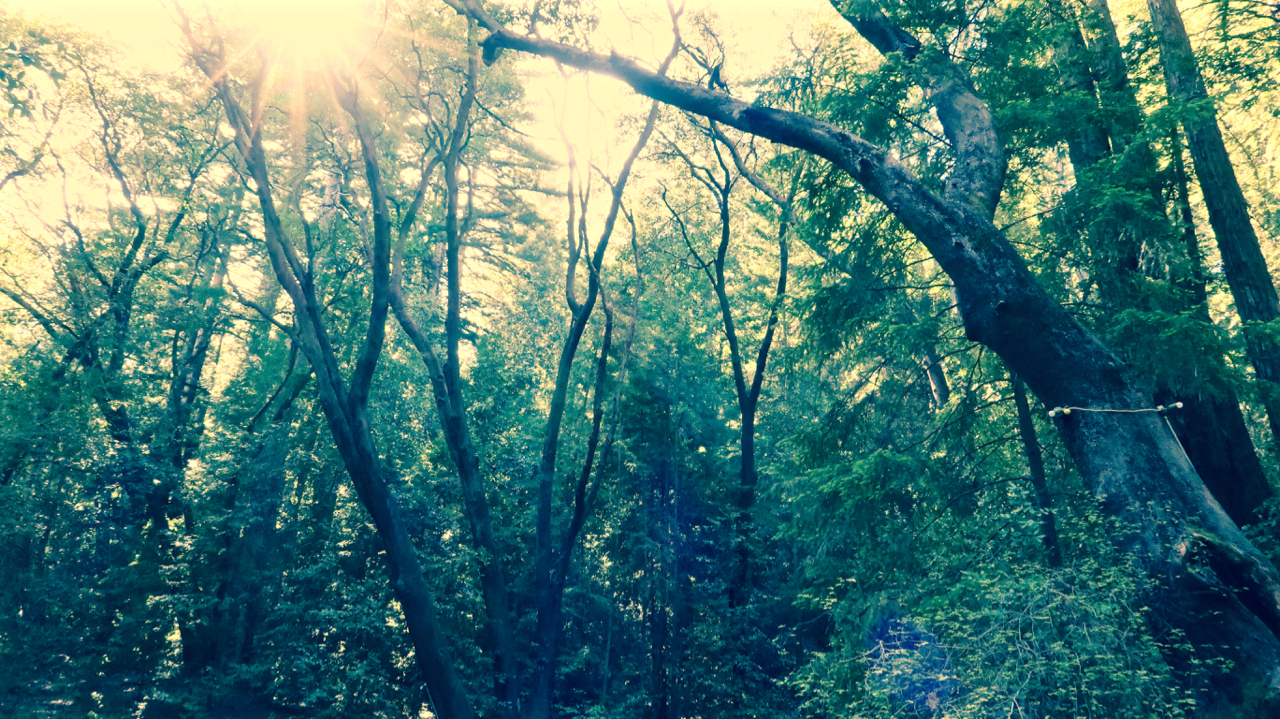
I wrote the first version of the blog that follows and then sent it to Barbara for feedback. She responded that it didn’t feel quite the same as the others and added this story: “There was a time Jim was president of CFOI and had many difficult letters to write. When he asked me to read these letters I frequently felt like something intangible was missing. I would ask him, ‘Did you write this from your heart?’ He often went back to the desk and rewrote the letter, saying almost the same thing, but this time he did it with heart energy and it felt totally different and totally acceptable. I think this is what I am missing in this blog. I want to ask you, ‘Did you write it from your heart?’ ”
It’s a wonderful question, and akin to what I’d like my wise inner voice to ask a hundred times a day, something like this: “Are you listening to your heart? Are you in alignment—body, mind, spirit? Are you awake to when you are not?” It is so easy to forget and to let little dishonesties or old coping mechanisms creep in. I was writing from an idea that I needed a blog about the Burned Woman. The warmth wasn’t flowing and I opted to send it off anyway, so that I could keep moving ahead (I find myself anxious to hurry up and get to the “important messages” in Barbara’s notebooks). And then came the gift of being called to task in a loving way, and the reassurance that all these side angles figure into the work; indeed, perhaps they are the work. So now comes the revision.
Not long ago I attended one of Barbara’s Healing Burned Woman workshops. Everyone talked about their initial reactions to the idea that our civilization is still recovering from the traumas incurred in Europe during the witch burnings of the 15th to 18th centuries, and that re-opening communications with nature spirits and angels can bring healing from those burning times.
The reaction of several participants to Barbara’s stories of communicating with elementals, and in particular with gnomes, reminded me of the discomfort, distaste, and dismissiveness most educated modern folk have for this vein of possibility. I am far enough into it that I rarely get the old twists in my stomach from the internal bickering between the voice of reason, dictated by western scientific principles, and my experiences with energies of a less solid sort. And I am no longer willing to split myself, espousing one reality when I’m with certain people and opening to another when I’m with others. That may be because I am turning 70 very soon and must dedicate the rest of my time to becoming whole and reconciled. Nonetheless, it is my daily work to cultivate that space of lightness and acceptance of others—whatever their beliefs—and a playfulness that likes to jostle opinionated stiffness wherever it turns up (including in myself).
I got some practice doing this as a Waldorf teacher and administrator in Silicon Valley. The Waldorf curriculum honors the elemental world and fairy tales (a core feature of first grade). Parents, especially moms, are attracted to the school’s warm protectiveness, imaginative play, and cultivation of wonder, yet it can be difficult, from the perch of a high tech job, to go along with the idea of gnomes and fairies, when you don’t see the reality of that world and you live every day with the pressure to have precocious and high performing children.
So how have we come to be so squeamish about nature spirits and even angels, when they used to have such a palpable presence for people? Barbara feels that this antipathy is an inheritance from those earlier times: “So many were burned for their knowledge of nature and its healing ways. I believe this has created a shadow in human consciousness that has kept us ignorant of spirit’s ability and need to interact with the human world. I believe it has created a deep fear of nature, a fear of the non-physical worlds. There were 300 years of systematic killing of those who talked with angels and elementals, who were taught by nature spirits how to use plants for healing and were empowered with special healing abilities by the elementals.”
Barbara wonders if she was the burned woman of her story. “Maybe in some life I was burned,” she says. “Maybe in another life I was one of the persecutors. I don’t think it matters. The scar on human consciousness affects us all. What matters to me now is to live fully in the present, to forgive and to move on.”
Joining in with this desire to forgive and seek out a new, inclusive path, I’d like to champion the “both/and” approach rather than the “either/or”, which always seems too simplistic and boxed in. So I don’t believe that we have to give up the scientific paradigm and its perfectly necessary place in human development in order to swing back around and pick up the discarded elementals.
Rudolf Steiner, clairvoyant from childhood and trained as a scientist (also founder of Waldorf education), makes a case in his book Theosophy against “unfounded disbelief.” And unfounded disbelief links for me with one of Steiner’s basic exercises on open-mindedness. I must be willing to involve myself in the investigation of a phenomenon—like becoming acquainted with gnomes—before I harden myself into skepticism or disbelief. And even if my results aren’t definitive, I can still opt for a kind of expansive and flexible thinking that is merry and alert!

